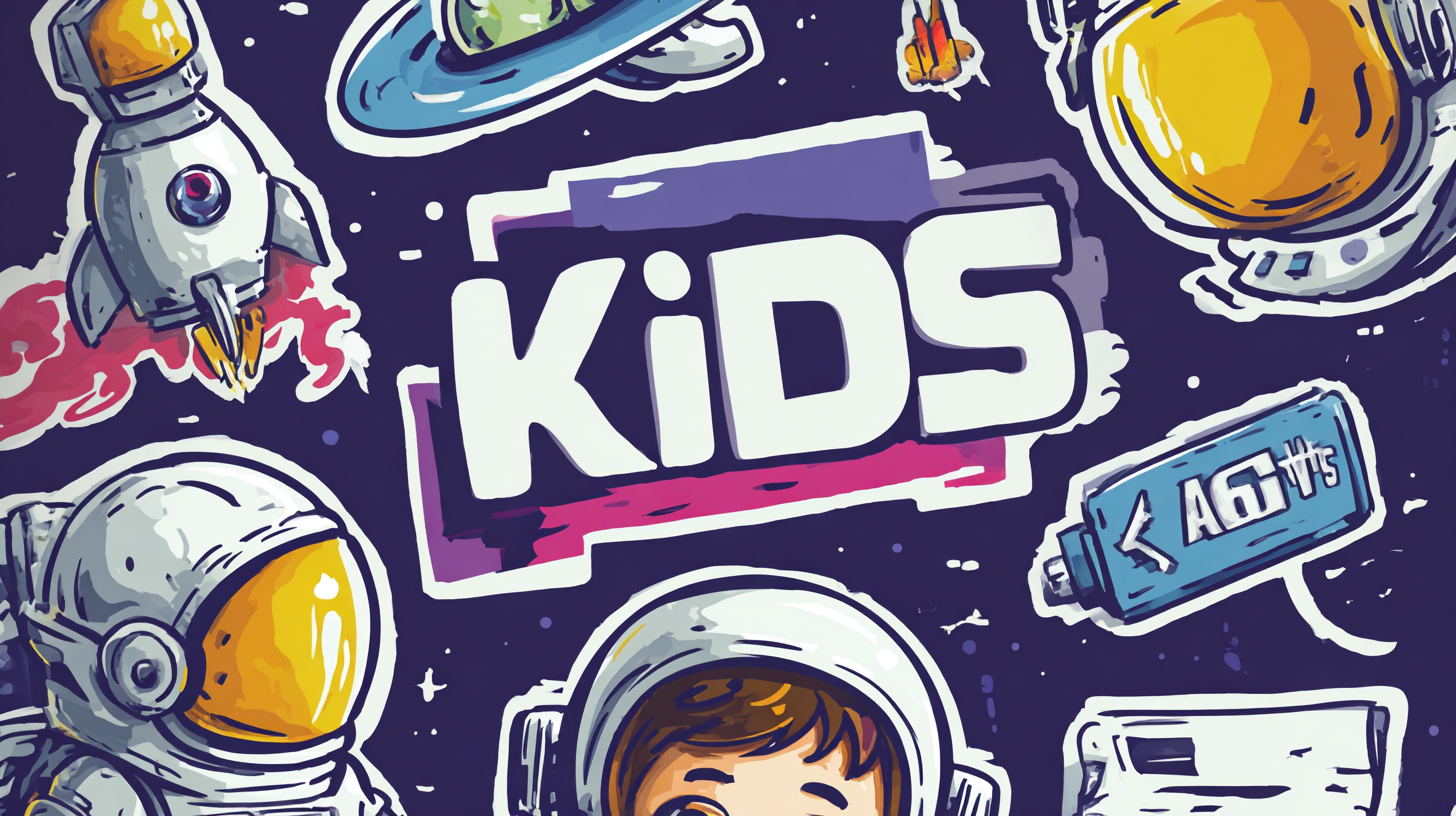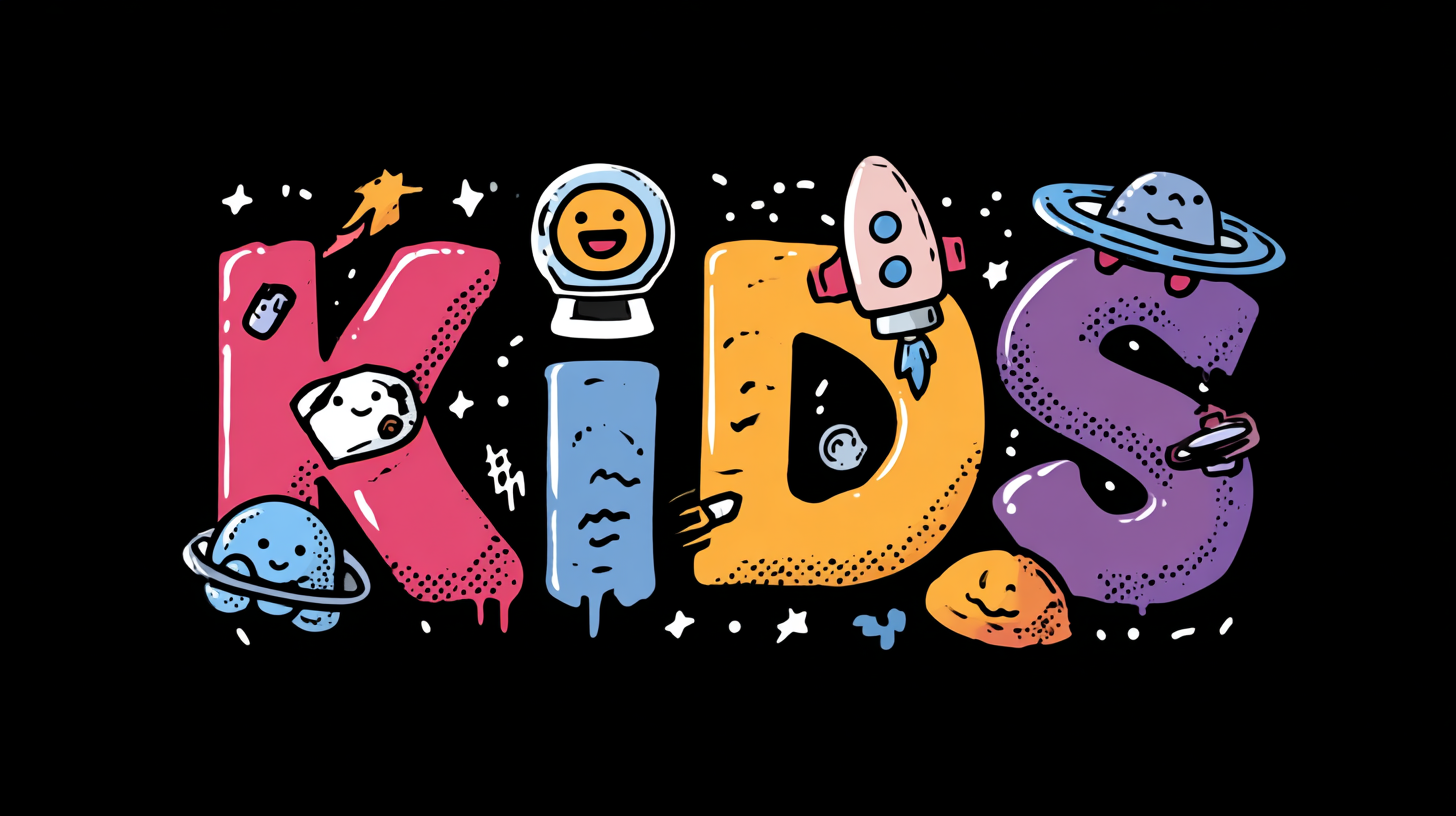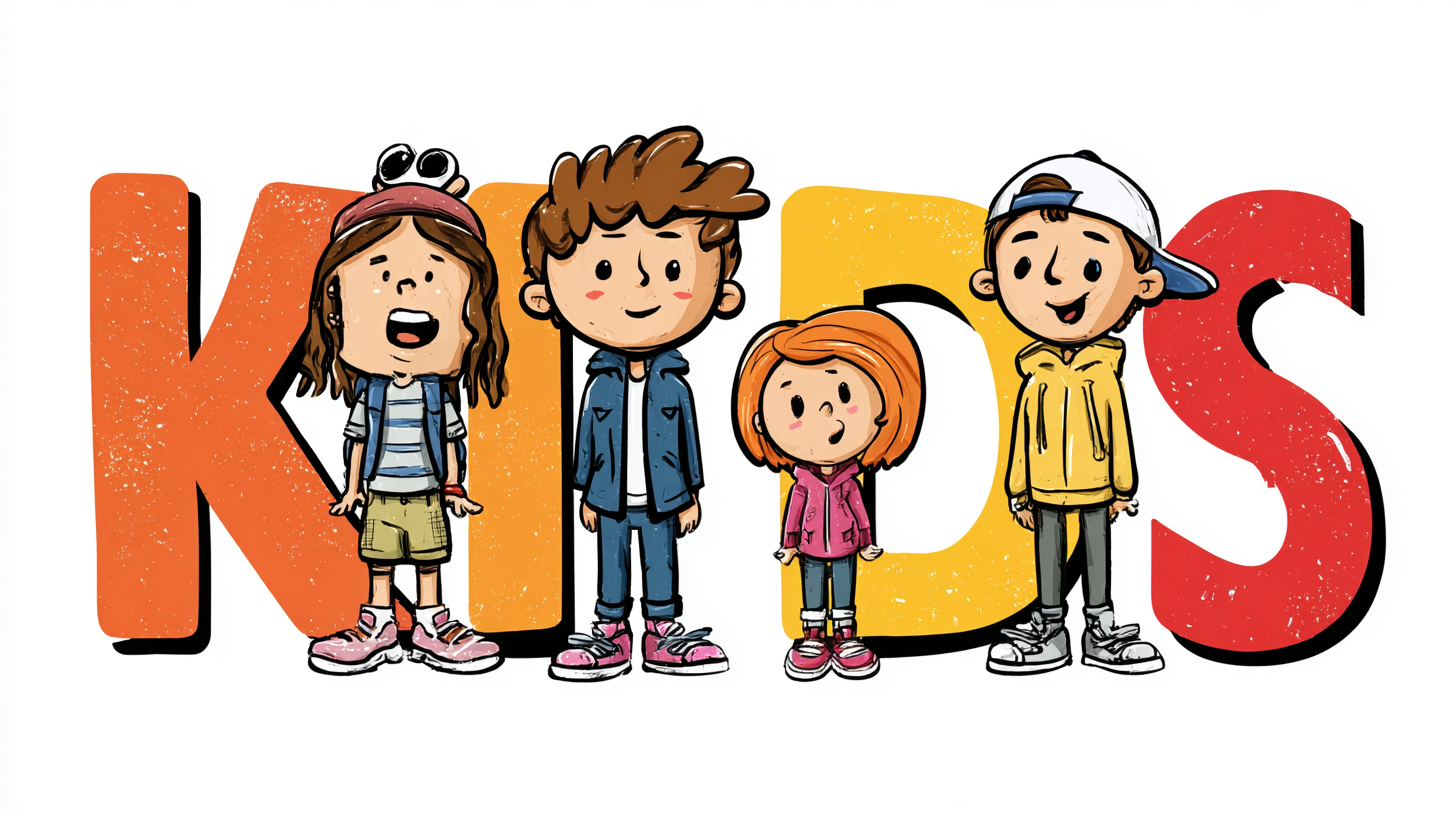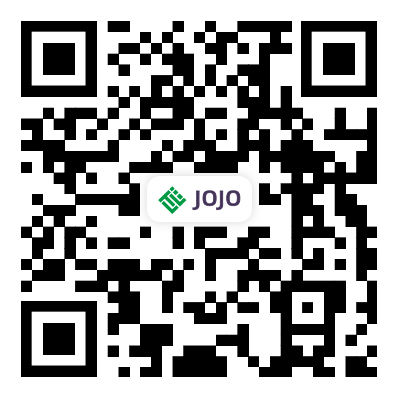Exploring the Technological Advancements Shaping the Future of Best Kids Stickers in 2025
As the world rapidly evolves with technological advancements, the realm of Kids Stickers is poised for significant transformation by 2025. According to a recent market report by IBISWorld, the global sticker market is projected to grow by 4.5% annually, driven by the rising demand for personalized and interactive products among children. Innovative applications of augmented reality and interactive printing technologies are revolutionizing how Kids Stickers engage young users, providing not just a decorative element but an immersive experience that fosters creativity and learning.
Moreover, the growing trend of eco-friendly materials in product manufacturing aligns with the heightened awareness of sustainability among parents, ensuring that the future of Kids Stickers is not only exciting but also responsible.
This blog will delve into the upcoming technological advancements that will define the landscape of Kids Stickers, exploring product use cases and the emerging types that will captivate the imaginations of children in 2025.

The Rise of Smart Sticker Technology: Enhancing Interactivity for Kids
In 2025, the landscape of children's stickers is being transformed by smart sticker technology, which enhances interactivity and engagement for kids. These innovative stickers come equipped with sensors and augmented reality (AR) capabilities, allowing children to interact with their stickers in ways never before imagined. For instance, a simple sticker can come alive with vivid animations or provide educational content when scanned with a smartphone or tablet. This blend of physical and digital play is set to revolutionize how children learn and explore the world around them.
When choosing smart stickers for your kids, consider their interests and age. Look for stickers that not only capture their attention but also offer educational value. For example, opt for stickers that teach numbers, letters, or even languages through fun interactive games. Additionally, ensure that the technology behind these stickers is user-friendly, so that children can enjoy exploring without frustration.
Another tip is to encourage creativity by allowing kids to create their own sticker scenes using smart stickers. This way, they can learn problem-solving skills as they figure out how to arrange their interactive elements for maximum fun. By embracing the rise of smart sticker technology, parents can provide a playful and educational experience that keeps their children engaged and inspired.
Sustainable Materials: Eco-Friendly Innovations in Kid’s Stickers Production
The market for kids’ stickers is set to undergo significant transformation by 2025, driven in large part by advancements in sustainable materials. With recent studies indicating that the global eco-friendly product market is projected to reach $150 billion by 2025, manufacturers are increasingly investing in environmentally responsible materials for sticker production. Innovations such as biodegradable adhesives and non-toxic inks are becoming standard as parents demand safer, greener products for their children.
Furthermore, industry reports suggest that nearly 70% of parents are now more likely to purchase products made from sustainable materials. This shift in consumer behavior is prompting manufacturers to adopt eco-friendly practices, from sourcing renewable raw materials to implementing energy-efficient production processes. For example, the use of recycled paper and plant-based plastics in sticker production not only minimizes waste but also appeals to the growing demographic of environmentally conscious consumers. As we approach 2025, these technological advancements and sustainable practices are not only shaping the future landscape of kids’ stickers but also contributing to a larger movement towards sustainability in the toy and stationery industry.
Exploring the Technological Advancements Shaping the Future of Best Kids Stickers in 2025
Data-Driven Personalization: How AI Is Influencing Sticker Designs for Children
The world of children's stickers is experiencing a remarkable transformation, primarily driven by advancements in artificial intelligence and data analysis. As we look towards 2025, brands are leveraging AI to understand children’s preferences far better than ever before. By analyzing vast amounts of data collected from interactions—like which stickers are most shared on social media or favored in online stores—companies can create designs that resonate with individual tastes. This data-driven approach allows for customization, ensuring that sticker collections are not just trendy, but also personally appealing to each child.
Moreover, AI’s role extends beyond mere design. It facilitates real-time feedback and engagement, allowing for continuous learning about what works and what doesn’t. For instance, the incorporation of augmented reality (AR) in stickers can provide an interactive experience, where kids can see their stickers come to life through a mobile app. This interplay of technology and creativity not only sparks imagination but also enhances the educational aspect of stickers. By enabling children to explore themes like nature, science, or space in a fun format, these innovations position stickers not just as decorative items, but as tools for learning and exploration in the digital age.

Augmented Reality in Stickers: Transforming Playtime Experiences by 2025
The landscape of children's entertainment is set for a revolutionary transformation with the integration of Augmented Reality (AR) in stickers by 2025. As reported by the International Toy Industry Association, the global AR toy market is projected to reach $10.4 billion by 2025, highlighting a significant shift in how children engage with traditional play items. These enhancements in stickers allow for interactive experiences, where kids can scan their stickers with a smartphone or tablet and watch their creations come to life in 3D animations. This trend not only enriches creative play but also encourages cognitive development through immersive storytelling.
Moreover, a report from Statista suggests that over 50% of children aged 6 to 12 are already familiar with AR technology through gaming and educational apps. By leveraging this familiarity, AR stickers can enhance learning opportunities, making educational content more engaging. For instance, a sticker that features a dinosaur might animate with an AR app, delivering fun facts and interactive quizzes, fostering both education and entertainment simultaneously. As we approach 2025, we can anticipate a robust market where AR stickers redefine playtime, bridging the gap between physical and digital experiences, thereby transforming how children learn and interact with the world around them.
Manufacturing Excellence: The Impact of Chinese Factories on Global Sticker Quality and Efficiency
The landscape of sticker manufacturing is undergoing significant transformation, driven by advancements in technology and production methods, particularly in Chinese factories. These facilities are at the forefront of global sticker production, accounting for over 60% of the total output in the market. According to a recent report by Smithers Pira, the value of the global sticker industry was estimated to reach $50 billion by 2025, with Chinese manufacturers playing a crucial role in improving both the quality and efficiency of these products.
One key factor contributing to this remarkable growth is the adoption of automation and digital printing technologies in Chinese factories. A study by the International Trade Centre highlighted that automation increased production efficiency by up to 30% while significantly reducing labor costs. Furthermore, innovations in adhesive materials and eco-friendly substrates are also enhancing product offerings, making them more appealing to environmentally conscious consumers. By prioritizing sustainability and adopting cutting-edge technology, Chinese manufacturers are not only elevating global sticker quality but also shaping the trends that will dominate the market in the coming years.








